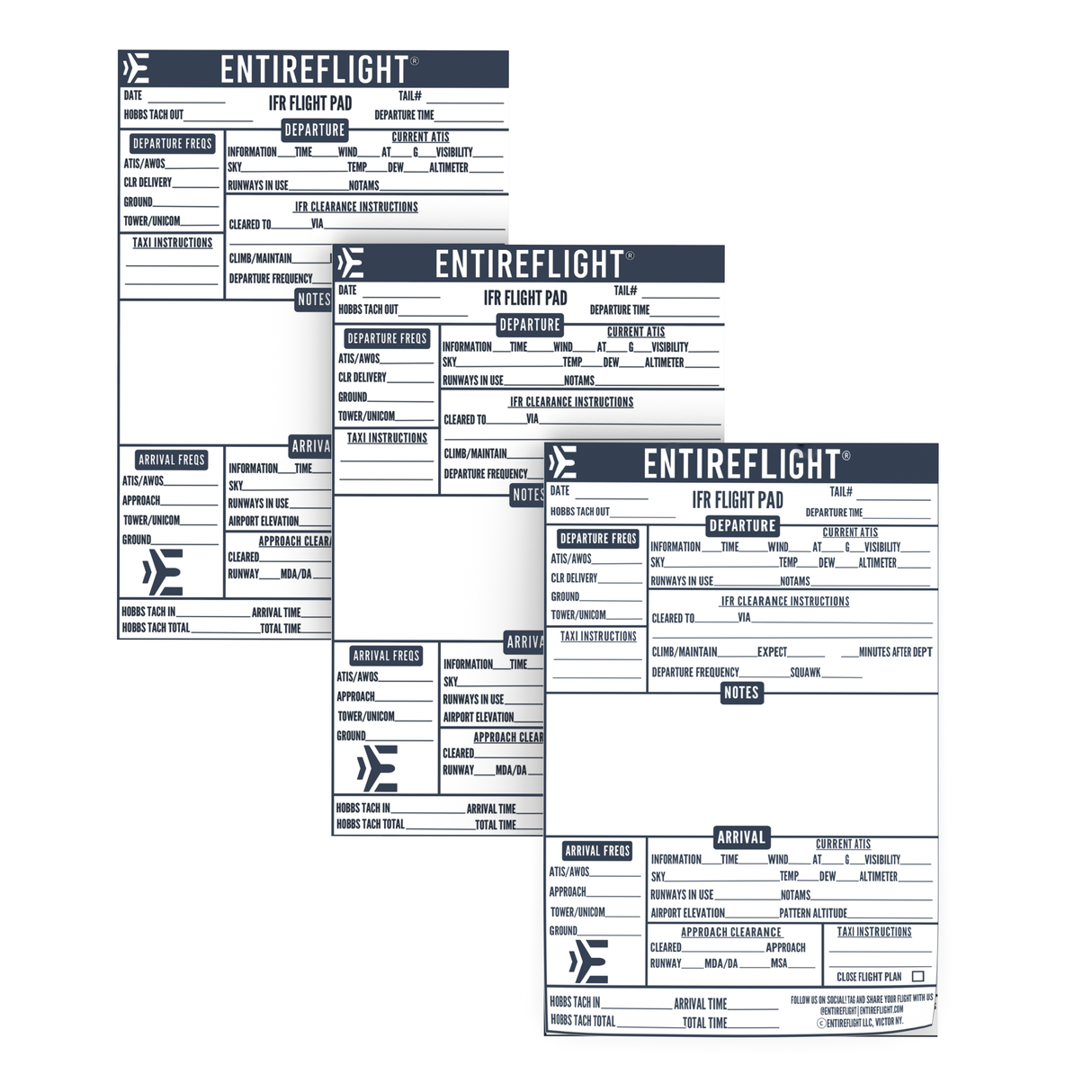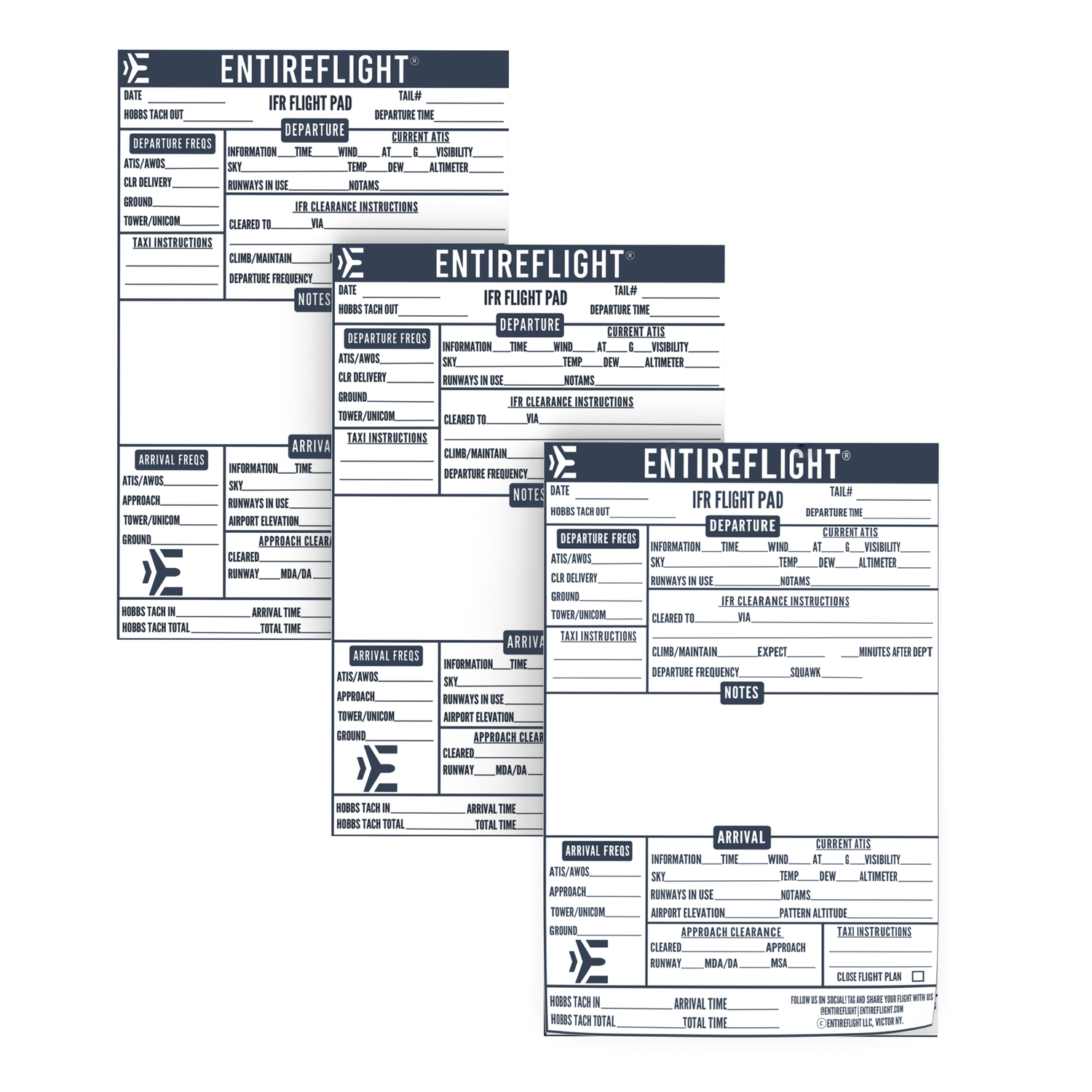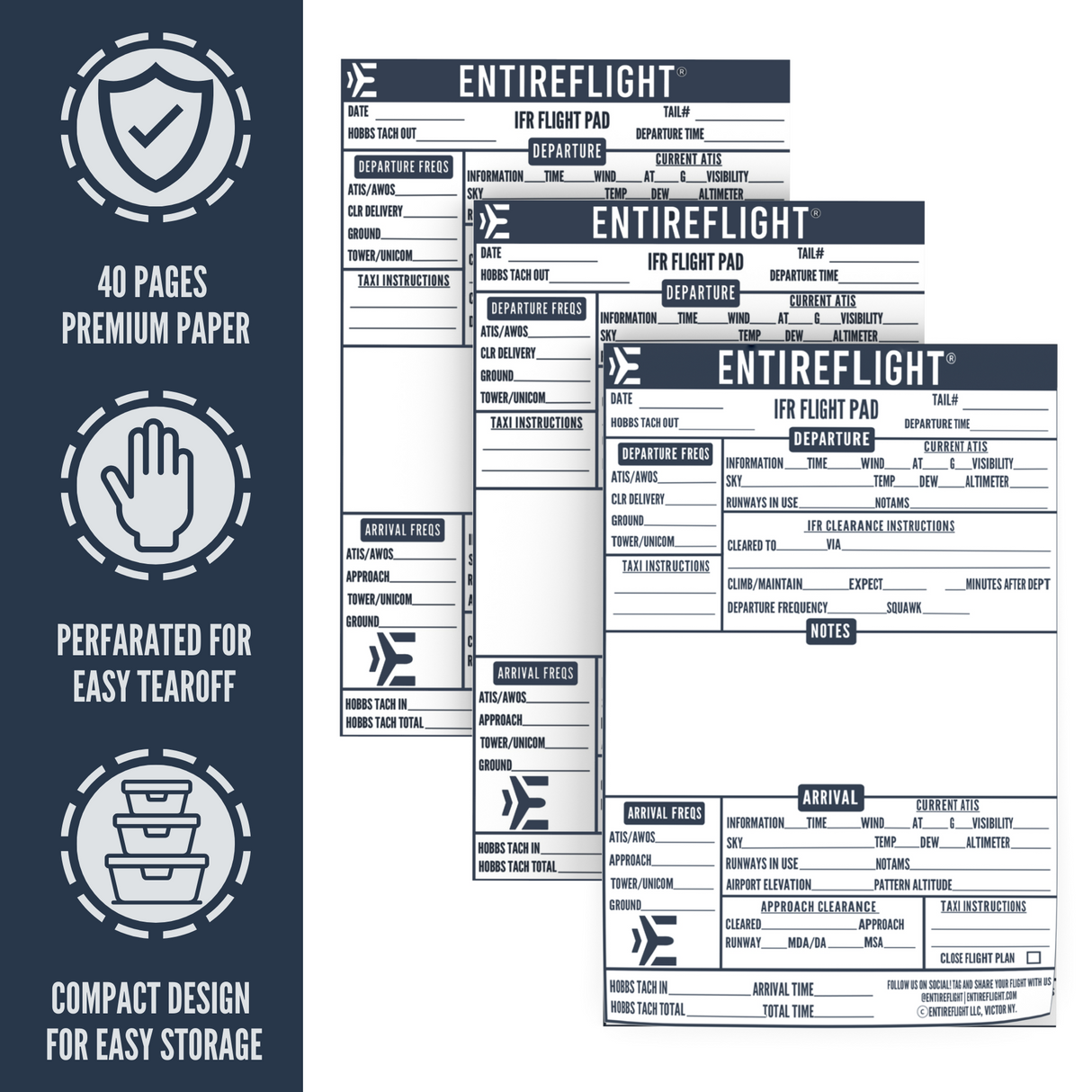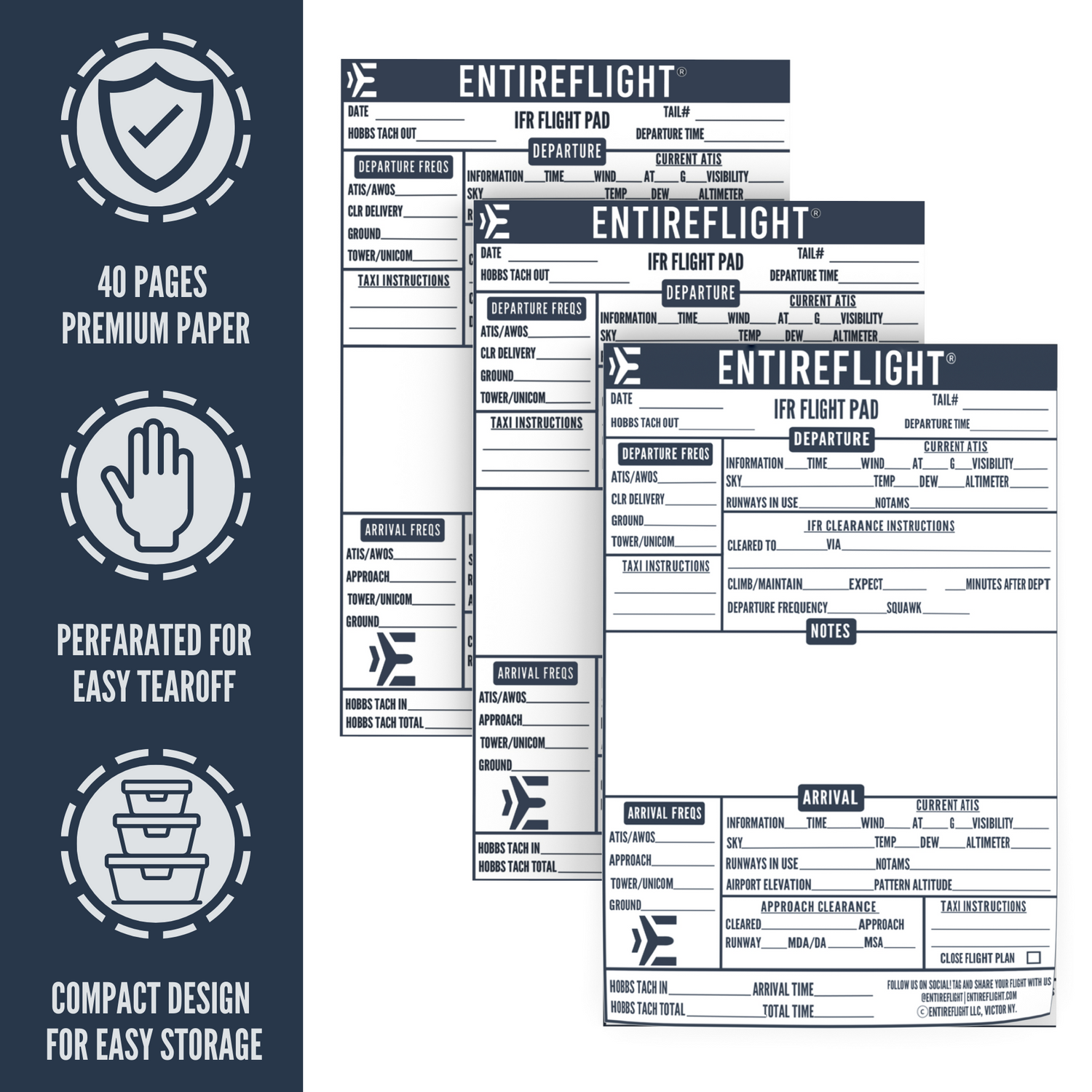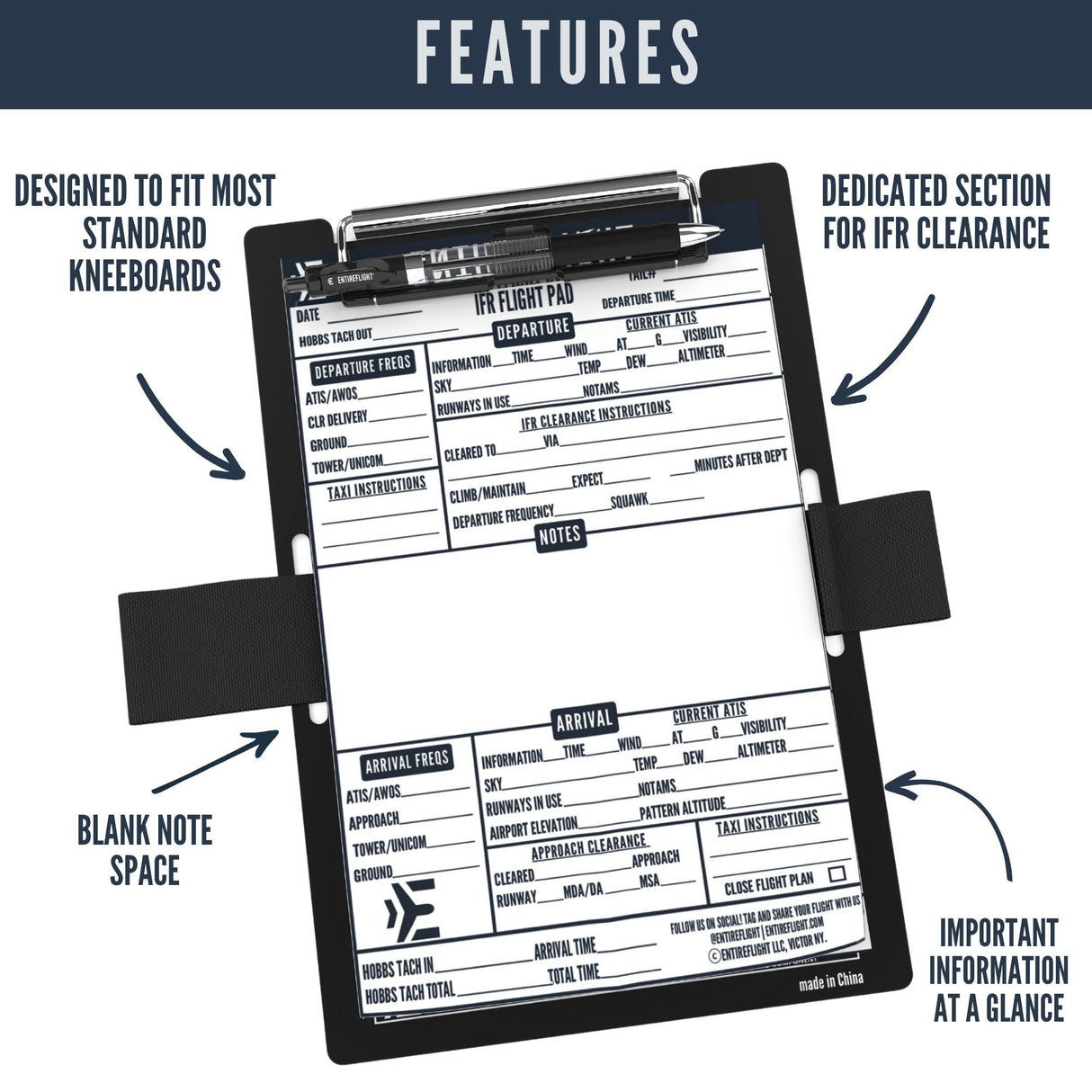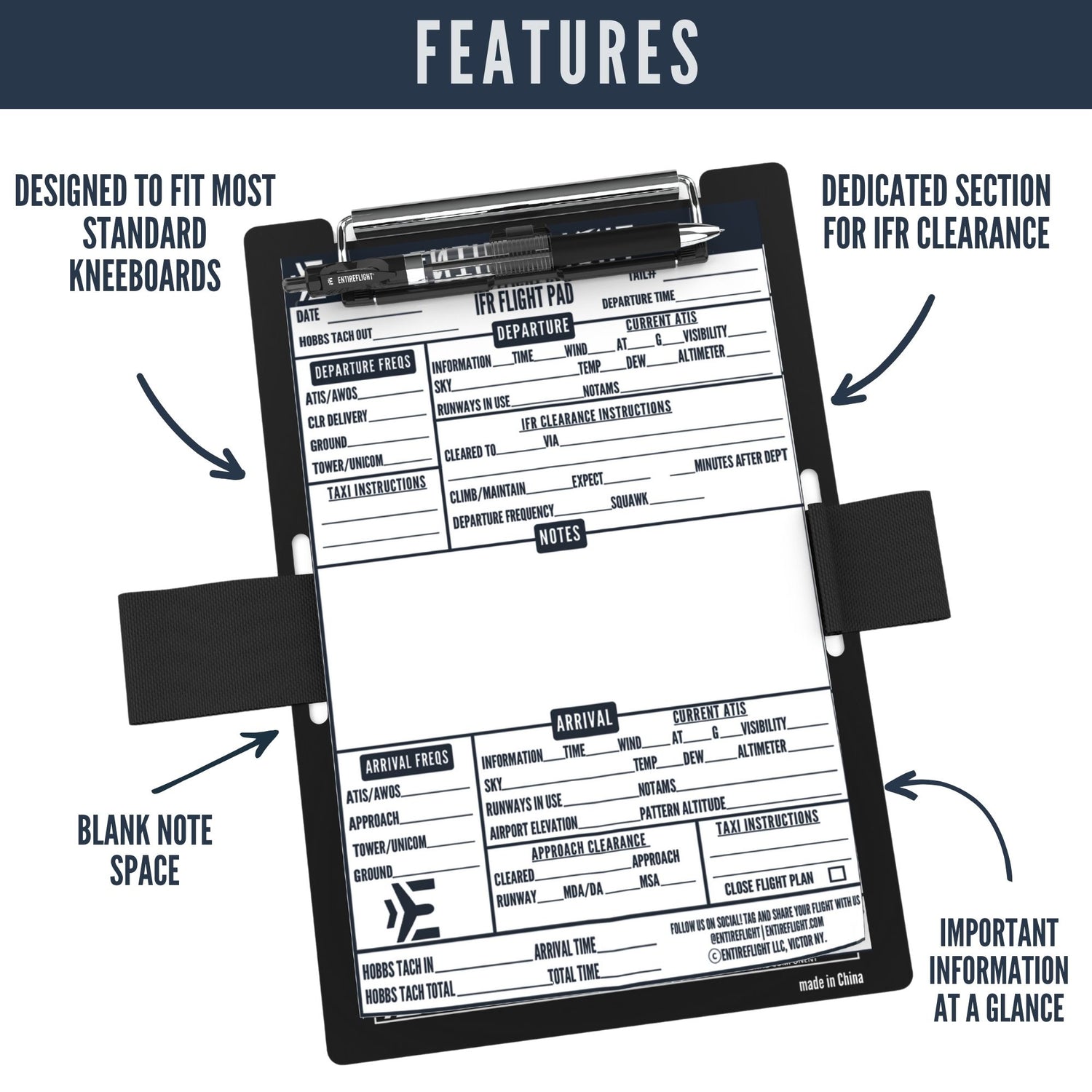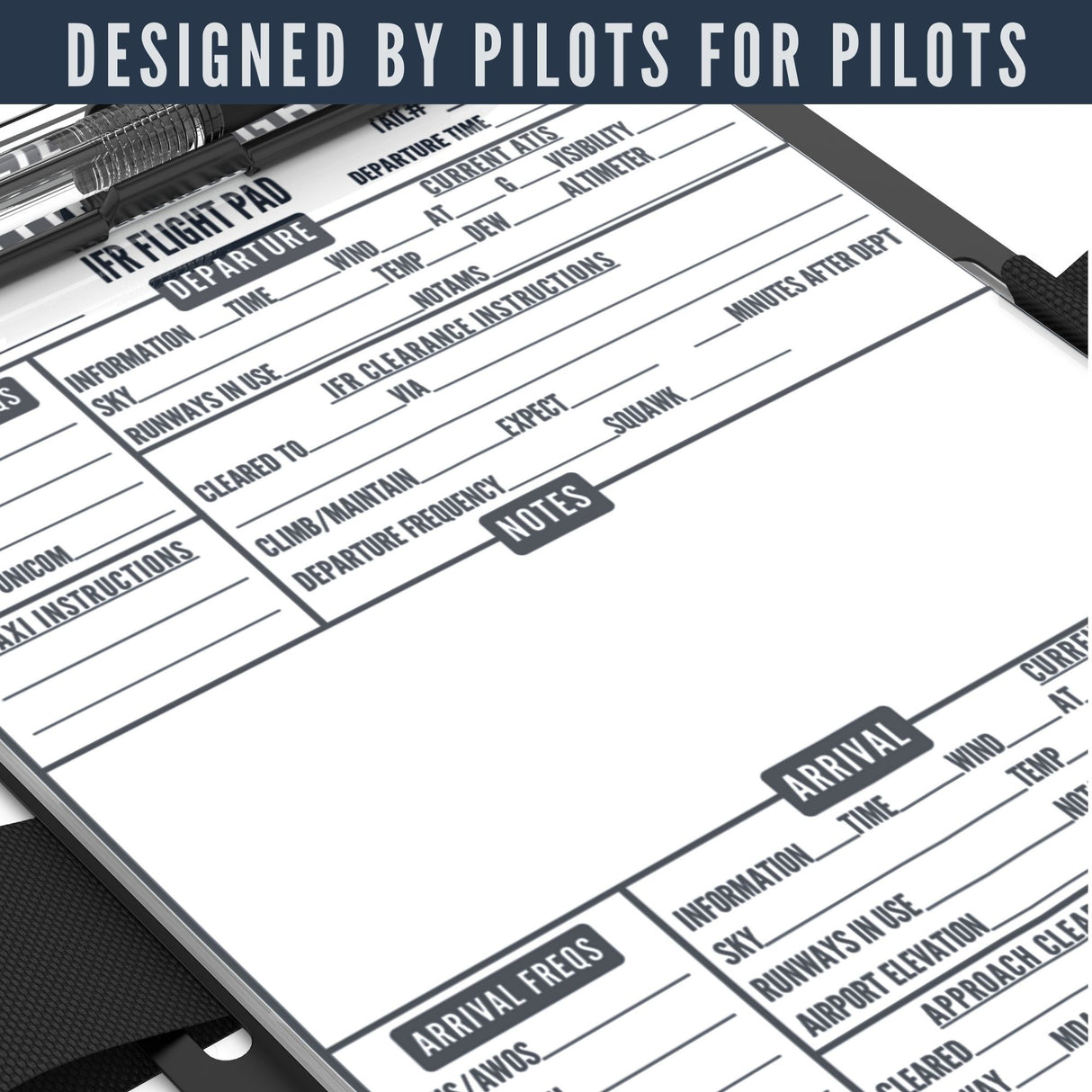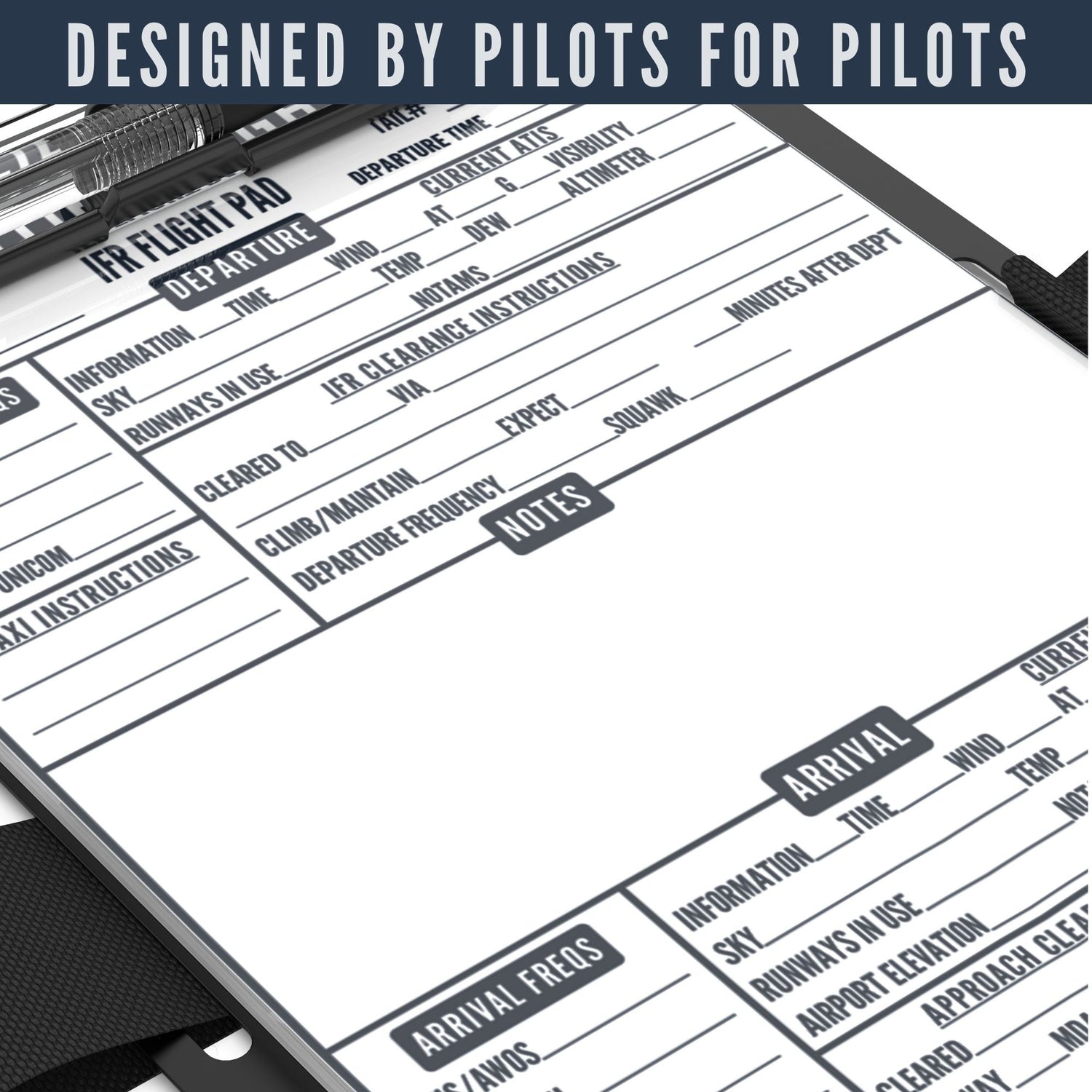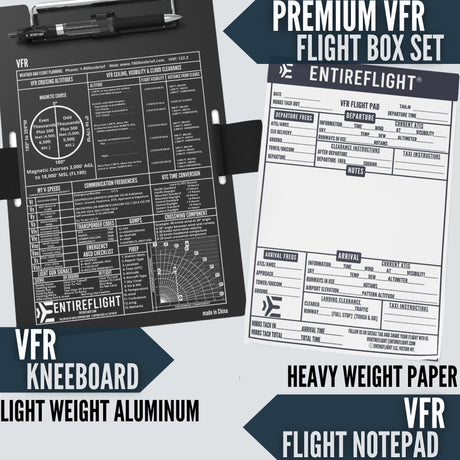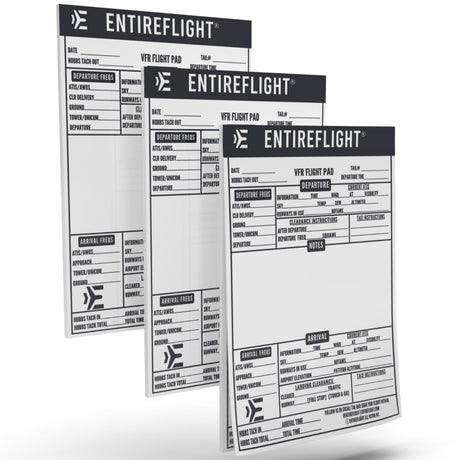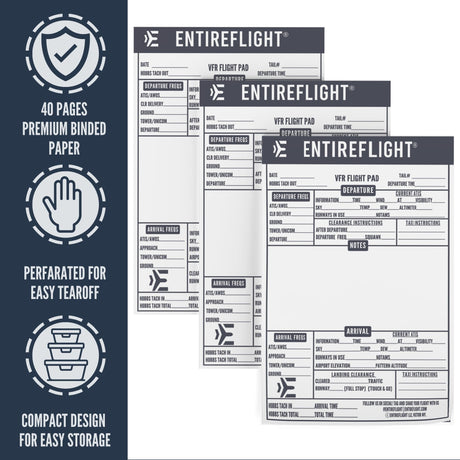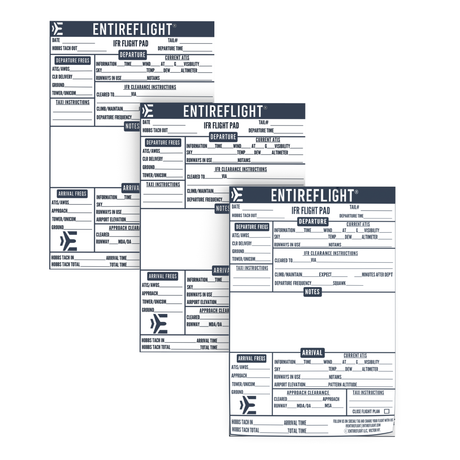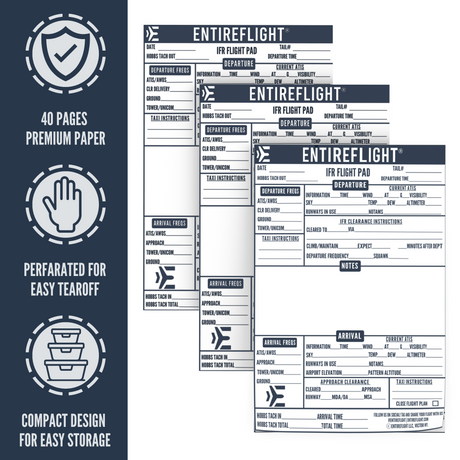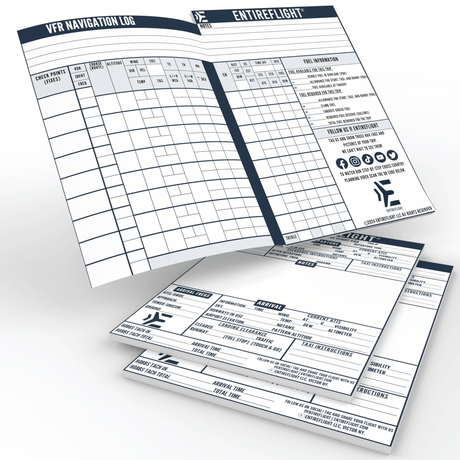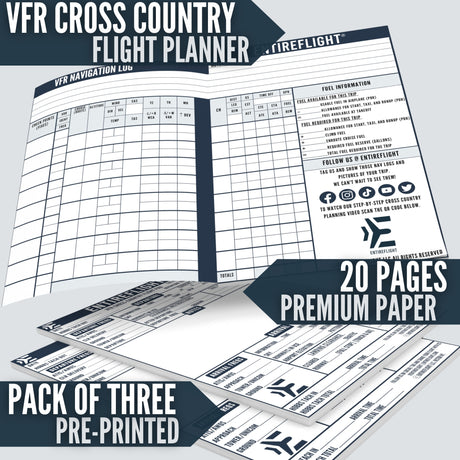Have you ever struggled to make sense of cryptic PIREPs as a beginner pilot? You're not alone, these weather reports often seem like they're written in a foreign language. This blog unpacks this aviation alphabet soup with an easy-to-understand guide on decoding PIREPs and AIREPs.
Read on to discover the secrets behind these valuable flight safety tools!
Key Takeaways
- PIREPs and AIREPs are reports that provide real-time weather updates for pilots during flights.
- Symbols and codes are used in PIREPs and AIREPs to convey important information about weather conditions.
- Pilots can find PIREPs and AIREPs through aviation weather websites, flight service providers, or dedicated phone lines at airports.
- Timely reporting of turbulence and icing conditions is crucial for the safety of all pilots.
What are PIREPs and AIREPs?
PIREPs, or Pilot Reports, give firsthand accounts of the weather conditions pilots encounter during flight. These reports contain critical information about turbulence, icing conditions, visibility levels, and other meteorological factors that can change rapidly in mid-flight.
In real-time situations, PIREPs provide invaluable data to air traffic controllers and fellow pilots.
AIREPs are another term you'll often hear in aviation circles. Standing for Airborne Weather Observations or Aircraft Reports, AIREPs consist of similar information as PIREPs but come from commercial planes flying on organized tracks at high altitudes.
Like PIREPs, these reports also play a vital role in enhancing safety by providing immediate weather updates.
How to Decode PIREPs and AIREPs
To decode PIREPs and AIREPs, you will need to familiarize yourself with the symbols and codes used in these reports. You can find them in various aviation weather sources such as Terminal Aerodrome Forecasts (TAFs) and METARs.
Symbols and codes used
Symbols and codes are an essential component of decoding PIREPs and AIREPs. These symbols help to convey important information about weather conditions in a concise and standardized way.
For example, turbulence is represented by various symbols ranging from light to severe turbulence, allowing pilots to understand the intensity of the disturbance they may encounter.
Similarly, icing conditions are depicted using symbols that indicate different types of ice formation on aircraft surfaces. By familiarizing yourself with these symbols and codes, you can quickly interpret PIREPs and AIREPs to make informed decisions during your flight.
Where to find them
To find PIREPs and AIREPs, you can check a variety of sources. One option is to access the reports through aviation weather websites or apps. These platforms often provide real-time updates on weather conditions and include sections for PIREPs and AIREPs.
Another source is your flight service provider, such as the Federal Aviation Administration (FAA) Flight Service or an airline's operations center. They can provide you with up-to-date PIREP information specific to your route or area of interest.
Additionally, some airports have dedicated phone lines where pilots can call in their reports directly. Remember to regularly check these sources before each flight to stay informed about current atmospheric conditions and any reported turbulence or icing issues that may affect your journey.
Why are PIREPs and AIREPs Important?
Impact on aviation safety
PIREPs and AIREPs play a critical role in aviation safety. By sharing real-time weather updates and observations, pilots can help each other navigate through potentially hazardous conditions.
These reports provide valuable information about turbulence, icing, or any other weather phenomena that could affect the safety of a flight. With accurate and timely PIREPs, pilots can make informed decisions to avoid dangerous situations and ensure the safety of their aircraft and passengers.
It's important for every pilot to understand the significance of PIREPs in aviation forecasting and contribute to the collective effort of keeping the skies safe.
Real-time weather updates
Real-time weather updates are crucial for pilots as they provide the most up-to-date information about weather conditions during a flight. These updates help pilots make informed decisions and adjust their flight plans accordingly.
By staying updated with real-time weather information, pilots can anticipate turbulence, identify areas of icing, and navigate around severe storms. Accessing accurate and timely weather updates is essential for ensuring a safe and efficient flight.
Pilots should consult reliable sources such as METARs, Terminal Aerodrome Forecasts (TAFs), and PIREPs to stay informed about the current weather conditions along their route of flight.
Tips for Accurate and Effective PIREP Reporting
To give accurate and effective PIREP reports, it's important to identify and report turbulence, as well as accurately report icing conditions. Be clear and concise in your reporting, and remember the importance of timely reporting in order to provide real-time weather updates for other pilots.
Identifying and reporting turbulence
Identifying and reporting turbulence is crucial for the safety of your flight. When experiencing turbulence, it's important to accurately report it so that other pilots can be alerted.
Look for signs such as sudden changes in altitude or airspeed, shaking or bumping sensations, and difficulty maintaining a steady course. If you encounter turbulence, use clear and concise language in your pilot report (PIREP) to describe its intensity and location.
By providing accurate reports of turbulence, you contribute to the overall understanding of weather patterns and help ensure safer flights for all pilots.
Reporting icing conditions
When it comes to reporting icing conditions, accuracy is crucial for the safety of all pilots. Use the appropriate symbols and codes to describe the severity and type of icing encountered.
Make sure to include key details such as altitude, location, and time in your report. Timely reporting is essential since icing can rapidly change. By providing accurate information, you help other pilots make informed decisions about their flight paths and avoid potentially dangerous weather conditions.
Being clear and concise
To effectively communicate PIREPs, it's crucial to be clear and concise in your reporting. Use simple and direct language to describe the weather conditions you're experiencing. Avoid using unnecessary jargon or technical terms that may confuse other pilots who read your report.
Stick to the facts and provide specific details about the location, altitude, and time of any turbulence or icing you encounter. By being straightforward in your communication, you can ensure that your PIREP is easily understood by others and contributes to accurate weather forecasts for fellow pilots.
When reporting turbulence or icing conditions in a PIREP, use precise language to describe the severity of the situation. Instead of using vague terms like "a little bumpy" or "some ice," provide concrete information such as "moderate turbulence" or "light rime ice." Being specific helps other pilots get a better understanding of what to expect when flying through those areas.
The importance of timely reporting
Timely reporting of PIREPs is crucial for aviation safety. When you encounter significant weather conditions during your flight, such as turbulence or icing, reporting them promptly allows other pilots to be aware and make informed decisions.
By sharing real-time updates on weather conditions, you contribute to a safer flying environment for everyone. It helps meteorologists analyze and predict weather patterns more accurately, improving the accuracy of forecasts and reducing the potential risks associated with unforeseen weather phenomena.
Reporting in a timely manner ensures that pilots receive relevant information when they need it most, enabling them to adjust their flight plans accordingly.
Conclusion
Understanding and decoding PIREPs is crucial for beginner pilots like you. By learning to read the symbols and codes, you can accurately report turbulence and icing conditions, contributing to aviation safety.
Remember to be clear, concise, and timely in your reports. With this comprehensive guide, you are now equipped with the knowledge to confidently navigate the world of PIREPs.
FAQs
1 - What is the meaning of PIREPs?
PIREPs or Pilot Reports are aviation weather reports provided by pilots that play an important role in weather forecasting and aviation meteorology.
2 - How can I understand and decode PIREPs the right way?
Understanding PIREPs involves learning to read turbulence symbols, icing symbols, and knowing the difference between PIREPs and AIREPS.
3 - Why do we need to report turbulence accurately?
Accurate turbulence reporting is crucial for providing tips for other pilots and enhancing our understanding of meteorology which aids in accurate weather forecasting.
4 - How do PIREPs contribute to Aviation Forecasting?
The importance of PIREPS lies in its real-time contribution to weather analysis that helps predict flight conditions, thus improving overall safety making them vital tools in Aviation Forecasting.

